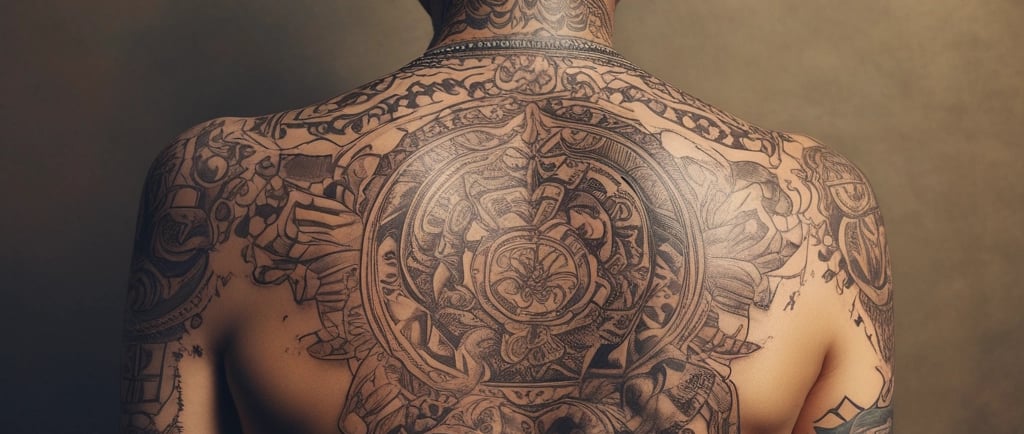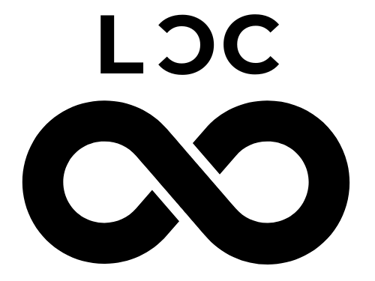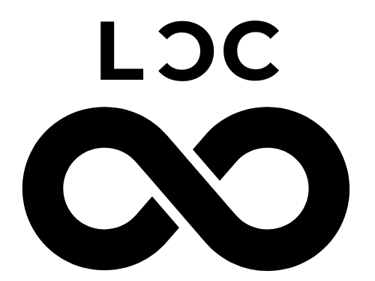Cultural Significance of Tattoos Around the World
Explore the rich cultural history and significance of tattoos across different societies worldwide. Discover how tattoos symbolize identity, tradition, and storytelling in diverse cultures, and how these meanings continue to evolve today.
5 min read


Introduction: Tattoos as a Global Cultural Phenomenon
Ancient Traditions: Tattoos in Early Civilizations
Polynesian Tattoos: Symbols of Identity and Status
Japanese Irezumi: Artistry and Spiritual Meaning
Indigenous Tattoos of the Americas
Tattoos in African Cultures: Rituals and Heritage
Tattoos in Modern Western Society
The Evolving Meaning of Tattoos Today
Tattoos as a Form of Personal and Cultural Expression
Conclusion: Respecting the Roots and Stories Behind Tattoos
Introduction: Tattoos as a Global Cultural Phenomenon
Tattoos have been part of human culture for thousands of years, transcending borders and civilizations. Far from being just a modern trend or fashion statement, tattoos carry deep cultural significance, serving as symbols of identity, spirituality, status, and storytelling.
Across the world, various societies have developed unique tattooing traditions, each reflecting their history, beliefs, and values. From ancient tribal markings to intricate artistic designs, tattoos connect people to their heritage and community in powerful ways.
In this post, we’ll explore the cultural significance of tattoos across different regions, uncovering the stories and meanings behind this timeless art form.
Ancient Traditions: Tattoos in Early Civilizations
Tattooing is one of the oldest forms of body art, with evidence dating back thousands of years. Ancient civilizations across the globe used tattoos for various purposes, including spiritual protection, social status, and marking rites of passage.
For example, the mummified remains of Ötzi the Iceman, dating back over 5,000 years, reveal early tattoo marks believed to have had therapeutic or ritualistic purposes. Similarly, ancient Egyptians used tattoos as symbols of fertility and religious devotion, while in Mesopotamia and other early societies, tattoos denoted rank and allegiance.
These early examples highlight how tattoos were deeply intertwined with the beliefs and social structures of ancient peoples, serving as more than decoration—they were powerful symbols woven into the fabric of life.
Polynesian Tattoos: Symbols of Identity and Status
Polynesian tattooing is one of the most iconic and culturally rich tattoo traditions in the world. For centuries, these tattoos have served as powerful symbols of identity, social status, and spiritual connection within Polynesian societies such as Samoa, Tahiti, and Hawaii.
The intricate patterns and motifs often tell stories about the wearer’s lineage, achievements, and role within the community. Getting tattooed was a sacred rite of passage, with designs carefully chosen to reflect personal history and tribal affiliations.
Tattoo artists, or tufuga, held respected positions, and the process itself was a ceremonial event. Today, Polynesian tattoos continue to celebrate heritage and identity, inspiring tattoo artists and enthusiasts globally with their deep meaning and striking designs.
Japanese Irezumi: Artistry and Spiritual Meaning
Japanese tattooing, known as Irezumi, boasts a rich history that combines elaborate artistry with deep spiritual symbolism. Traditionally, Irezumi tattoos cover large portions of the body and feature iconic imagery such as koi fish, dragons, cherry blossoms, and mythological creatures.
Each element carries specific meanings—for example, koi represent perseverance and strength, while dragons symbolize wisdom and protection. These tattoos often tell stories drawn from folklore, religion, and personal journeys.
Historically, Irezumi had complex social connotations in Japan, associated both with spirituality and, at times, with the Yakuza. Today, the art form is celebrated worldwide for its craftsmanship and cultural depth, bridging traditional symbolism with modern tattoo culture.
Indigenous Tattoos of the Americas
Indigenous peoples across North, Central, and South America have rich tattooing traditions that date back centuries. These tattoos often serve as markers of tribal identity, rites of passage, spiritual beliefs, and social status.
For example, the Inuit used tattoos for healing and protection, while the Maya and Aztec civilizations incorporated tattooing into religious ceremonies and warrior culture. In the Pacific Northwest, Indigenous tribes created intricate facial tattoos that told stories of family lineage and accomplishments.
These tattoos were deeply connected to the wearer’s community and environment, using natural pigments and traditional tools. Today, many Indigenous artists and communities are revitalizing these practices as a way to preserve and celebrate their cultural heritage.
Tattoos in African Cultures: Rituals and Heritage
In many African cultures, tattoos and scarification have long been integral to rituals, social identity, and cultural heritage. These body markings often symbolize milestones such as adulthood, bravery, or membership in a tribe.
Different regions use distinct techniques and designs, from intricate geometric patterns to symbolic shapes representing spiritual beliefs or ancestral connections. For example, the Berber and Tuareg peoples use tattoos to signify beauty, protection, and tribal affiliation.
Beyond aesthetics, these marks tell stories of resilience and tradition passed down through generations. As modern tattoo culture grows in Africa, many artists are drawing inspiration from these ancient practices to honor their roots while creating contemporary designs.
Tattoos in Modern Western Society
Tattoos in Western societies have evolved dramatically over the last century—from symbols of rebellion and counterculture to widely accepted forms of self-expression and art. Once stigmatized, tattoos are now embraced by people of all ages and backgrounds.
Today, tattoos often serve personal meanings, commemorate life events, or showcase artistic styles rather than cultural or tribal significance. The rise of skilled tattoo artists and advanced techniques has expanded the variety and quality of designs available.
Western tattoo culture also reflects a blending of influences from traditional tattoo practices around the world, creating a diverse and dynamic art form that continues to evolve with society’s changing attitudes.
The Evolving Meaning of Tattoos Today
Tattoos today carry meanings that are as diverse as the individuals who wear them. Beyond traditional cultural or tribal significance, modern tattoos often symbolize personal identity, milestones, beliefs, and artistic expression.
With tattoo culture becoming mainstream, the stigma surrounding tattoos has diminished significantly, allowing people to proudly display their stories, values, and passions on their skin.
At the same time, there’s a growing awareness and respect for the cultural origins of certain tattoo styles, encouraging ethical appreciation rather than appropriation.
This evolution highlights tattoos as a dynamic form of communication that continues to adapt alongside societal changes.
Tattoos as a Form of Personal and Cultural Expression
Tattoos have long served as a powerful medium for both personal storytelling and cultural identity. For many, getting tattooed is a way to express individuality, commemorate significant life events, or showcase deeply held beliefs and values.
At the same time, tattoos can honor cultural heritage and traditions, linking individuals to their ancestors and communities. This dual role makes tattooing a unique art form that bridges the personal and the collective.
Whether through traditional symbols or custom designs, tattoos allow people to communicate aspects of who they are—externally and internally—in a visible, meaningful way.
Conclusion: Respecting the Roots and Stories Behind Tattoos
Tattoos are more than just body art—they are living expressions of history, culture, and personal identity. Across the world, diverse communities have used tattoos to tell stories, honor traditions, and connect with their heritage.
As tattoo culture continues to grow globally, it’s important to recognize and respect the deep meanings and origins behind different tattoo styles. Appreciating these cultural roots enriches our understanding and helps preserve the significance of this ancient art form.
Whether you’re a tattoo enthusiast, artist, or simply curious, embracing the stories behind tattoos adds depth and respect to this vibrant tradition that continues to inspire and unite people worldwide.


